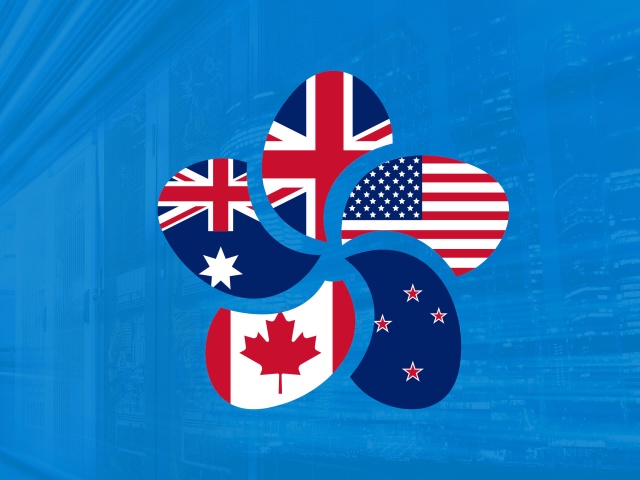New Zealand’s first national security documents unveil a new era of collaboration in the Pacific
I was on a flight from London to Sydney when New Zealand released three defining documents: a new National Security Strategy (NSS), the Defence Policy and Strategy Statement (DPSS) and the Future Force Design Principles (FFDP).
The NSS outlines 12 security challenges New Zealand faces, including emerging, critical and sensitive technologies, climate change, and attempts to undermine democracy. The DPSS and FFDP are the initial parts of a wider defence review that will be completed by 2025 and set out frameworks and an initial strategy for defence. The emphasis in all of them is on geostrategic competition and the threats to the rules-based international system in the Pacific region, largely led by China.
New Zealand’s views on China are more hawkish than in the past but still typically tempered. While cooperation with China is desired in areas of shared interest, the NSS acknowledges China’s role in driving geopolitical change. It highlights China’s assertiveness and willingness to challenge international norms, which threatens New Zealand’s interests.
When I landed, a text from Jason filtered through, alerting me to these documents. It was a little unexpected because what makes these documents so significant is that they are the first set of national security documents ever unveiled by New Zealand.
New Zealand is a liberal, multicultural democracy with a strong sovereign identity anchored in the Pacific. Traditionally, it has depended on an international rules-based system, its size and distance for protection. As a result, New Zealand has never really cultivated or sustained a public conversation on national security either domestically or internationally. Its defence force has remained relatively small both in force and personnel and there is dramatic need for capability uplift across the board.
New Zealand is now taking defence and security policies much more seriously than in the past and it’s time for all of us to take note. It has always seen its security as collective, with a focus on collaboration to address shared security challenges. This model of partnership will continue to be a hallmark of New Zealand’s security strategy, but there is a sense New Zealand is taking its national security into its own hands.
The new assessments undoubtedly represent a welcome turning point as they signal that New Zealand will uplift its engagement in the region.
For technology businesses like SoftIron, there are considerable opportunities to work within this collective security model. There are multiple angles to this, but cutting across all of these elements is the assumption that Australia and New Zealand’s shared strengths are in the Pacific.
There are to my mind certain areas where Australia and New Zealand at both a governmental and industry level could work particularly effectively together to enhance security in the Pacific region.
Enhancing cooperation and interoperability between defence forces is one key angle, as affirmed in the DPSS, which outlines Australia and New Zealand’s plans to bolster their defence collaboration. The DPSS elaborated on this, stating that the efforts will encompass improved coordination in defence policy formulation, heightened personnel exchanges, reinforcement of joint operational capabilities, and more robust preparations for coordinated reactions to regional occurrences.
Another significant aspect is related to technology. New Zealand has expressed in these documents its desire to participate in AUKUS Pillar Two, even though it does not seek to join the comprehensive AUKUS agreement. By becoming a part of Pillar Two, which concentrates on advancing a spectrum of cutting-edge capabilities and fostering technology sharing for improved interoperability, New Zealand and Australia can strengthen resilience and security where it matters…in the Pacific.
Utilizing emerging and critical technologies, such as AI, and helping to deploy enabling technologies such as cloud computing will help address a large spectrum of challenges facing the Pacific Islands and build collective resilience in the region.
Sharing critical and emerging technology prevents threats from manifesting and prepares partners to meet challenges head-on. This can range from state disinformation, climate change, natural disasters and local instability. Greater partnerships between industry and government will be needed to achieve these outcomes. Commonality across technology platforms and infrastructure will also be beneficial in reducing complexity and increasing interoperability.
On the flip side, the NSS notes that the Government must also to better understand and mitigate the impact of these technologies, which have the potential to also be highly disruptive and desirable for adversaries. Shaping international rules and norms around emerging technologies through international organisations, participating in agreements and initiatives and exchanging technology foresight and horizon scanning are all vital to balanced technology sharing.
In the same vein, the infrastructure supporting these technologies needs to be secure and transparent in New Zealand and in the other countries they will be deployed. Common cloud infrastructure is a starting point for this and needs to be part of the conversation.
Ultimately, with these new documents, a new era of collaboration between Australia, New Zealand and hopefully our Pacific partners is upon us. Technology and the businesses providing this capability should be engaging with the government on both sides of the ditch to deliver a common operating and technology picture. Industry too has a role to play in building collective resilience in the Pacific, particularly when it comes to technology.







